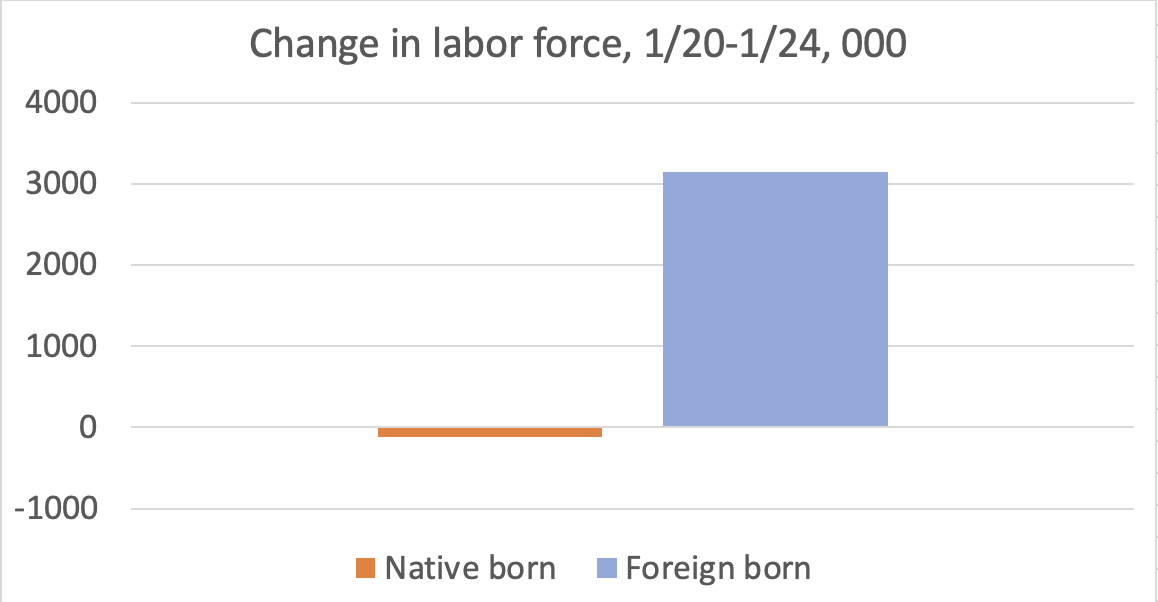Of course Trump's racism and incitement to violence have played an important role in the rise of white supremacist terrorism (which we need to start calling by its proper name). But what about other Republicans? 1/
My guess is that Moscow Mitch and other leading GOP figures aren't especially racist, and may even be slightly troubled by mass murder. But they stand firmly behind Trumpism. Why? 2/
The answer, surely is that while they aren't necessarily big supporters of white supremacy, they *are* big supporters of plutocracy. And catering to racism helps them cut taxes on rich people and in general tilt the economy against workers 3/
So the basic story of most of the GOP establishment — and I don't think this is hyperbole — is that it considers the slaughter of innocent people an acceptable price to pay for lower taxes on profits and capital income 4/
If you ask me, this is just as immoral as being a genuine believer in white supremacy. 5/
• • •
Missing some Tweet in this thread? You can try to
force a refresh













